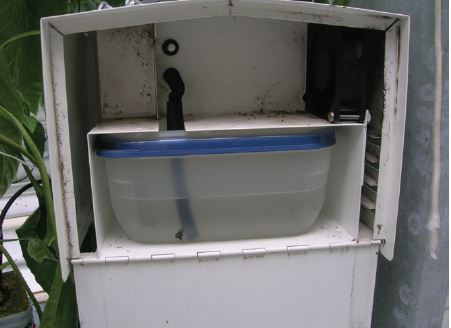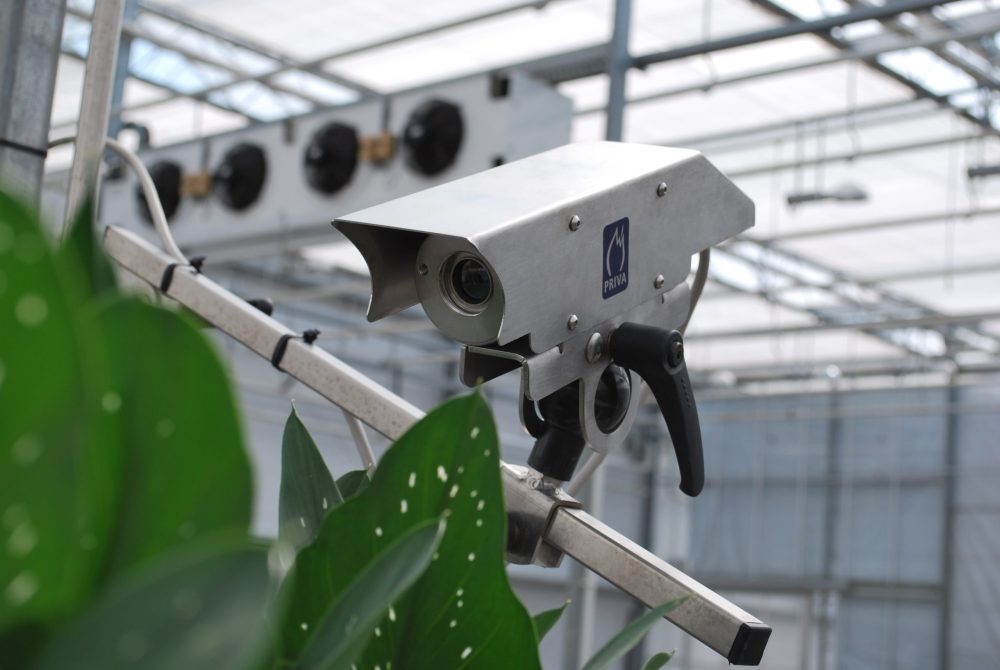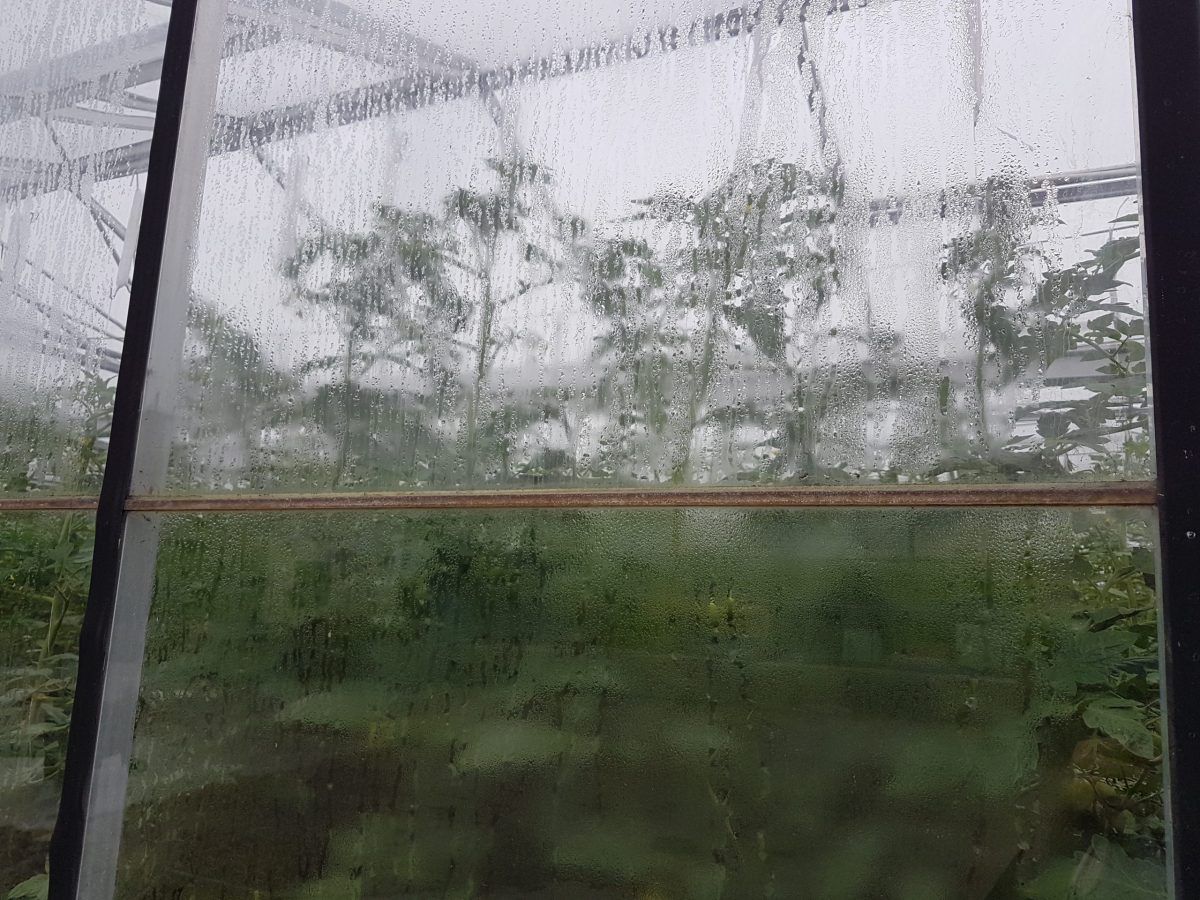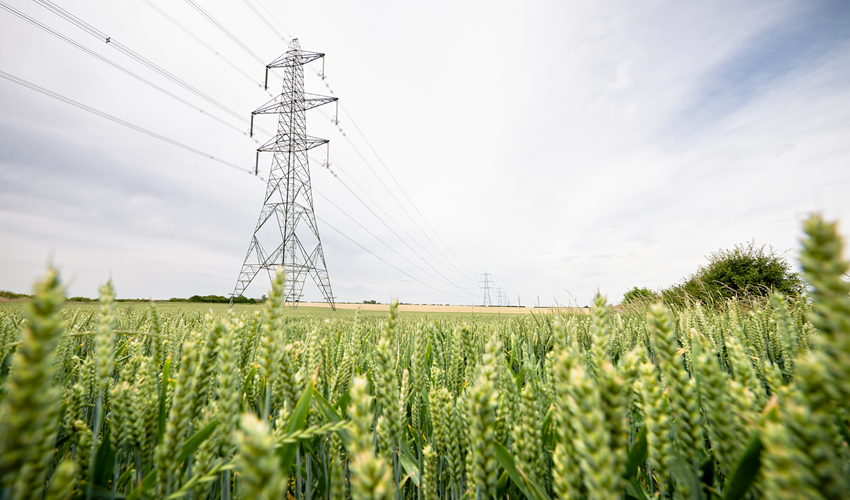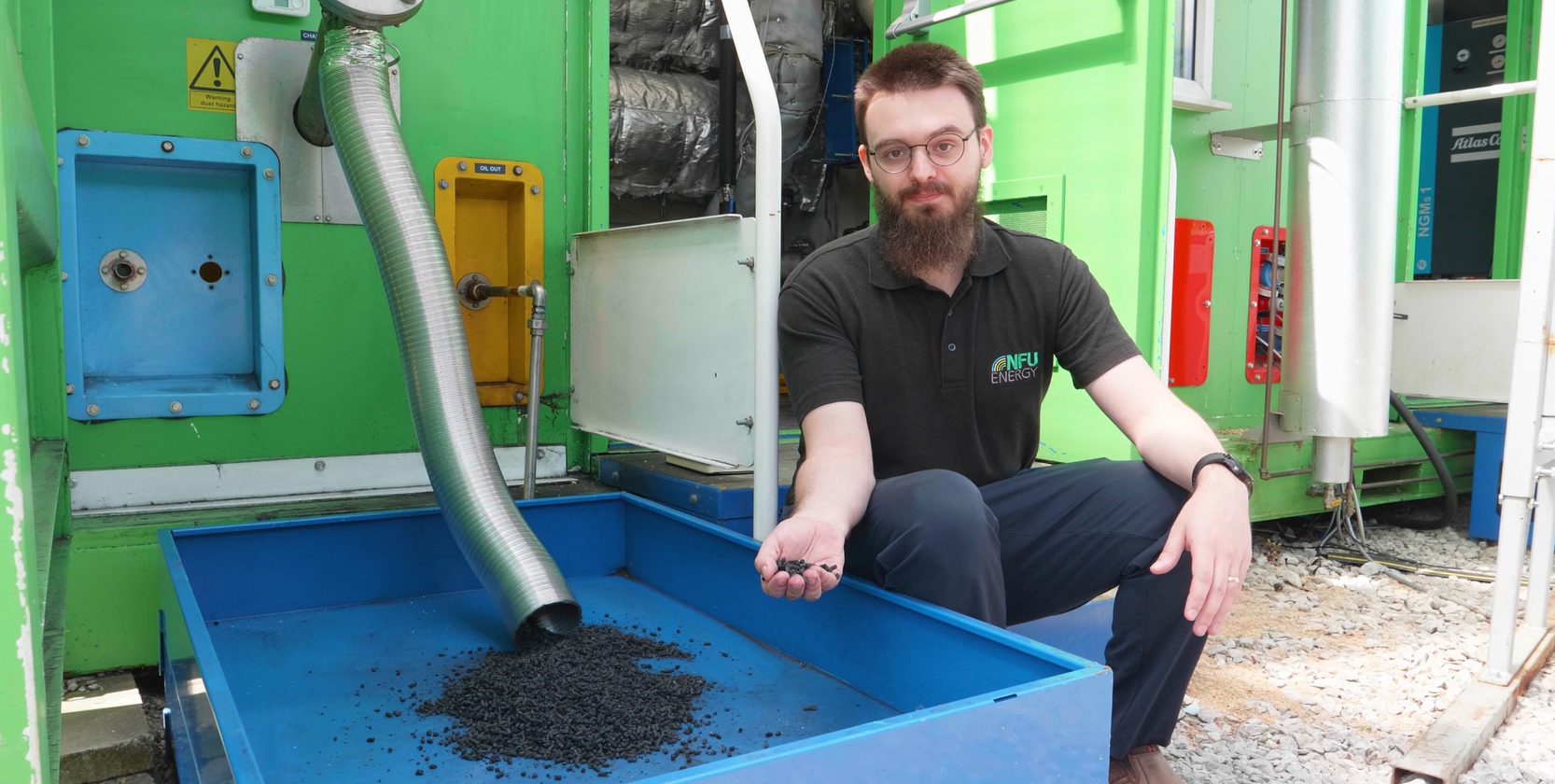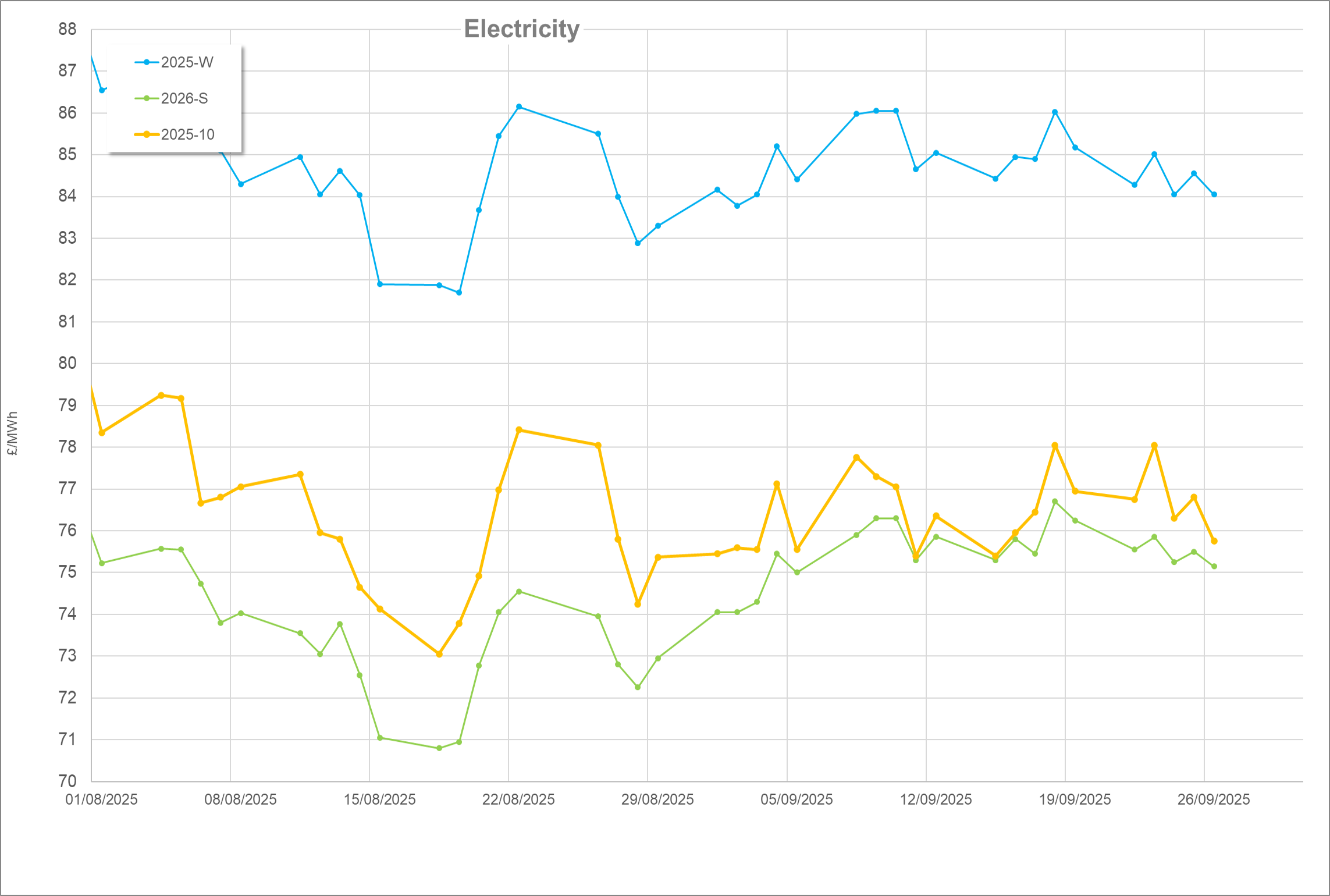The aim is to make sure that the plant temperature is never lower than the dew-point of the air. You can take direct measurements from the plant or use a computer model to predict the temperature.
Back to: How to avoid condensation in the greenhouse
Condensation occurs when the air temperature falls below its ‘dew-point’; so to stop condensation we need to make sure that the plant temperature is never lower than the dew-point of the air.
Ideally, we would like to measure the temperature of the leaves, stem etc and then use this to control greenhouse environment. An infra-red camera can do this, but these devices are expensive and they need to be used with care.
For example, infra-red cameras were used to measure the plant temperature of poinsettias as part of HDC project PC 207 and it was found that the measured temperature was affected by the stage of plant growth. When the crop was young the infra-red camera measured the ‘average’ temperature of the leaves, stems, pots, greenhouse floor, etc.
When the plants were fully developed, only the leaf temperature was measured. It was therefore concluded that whilst infra-red cameras offered a sophisticated solution to measuring plant temperature, their use in practice was not straightforward.
An alternative to taking direct measurements from the plant is to use a computer model to predict the temperature. A number of the latest greenhouse control computers provide this facility and it can be used to highlight when condensation risks are highest.

